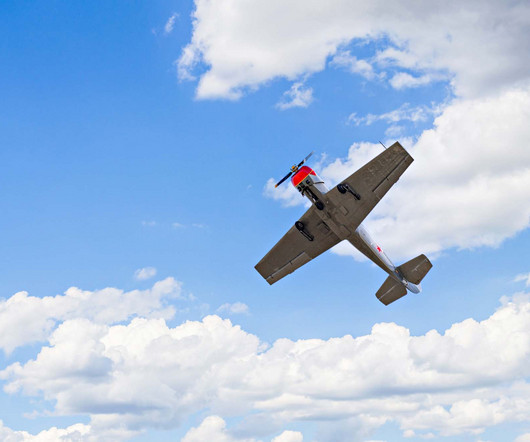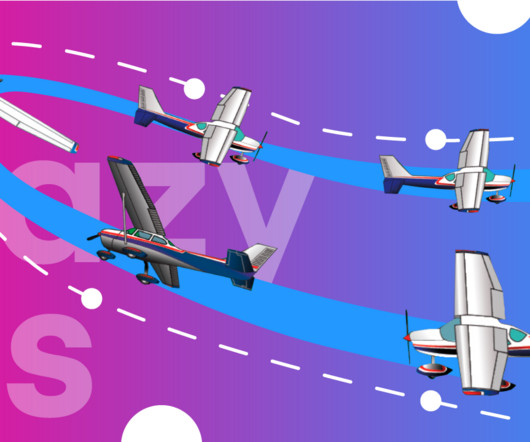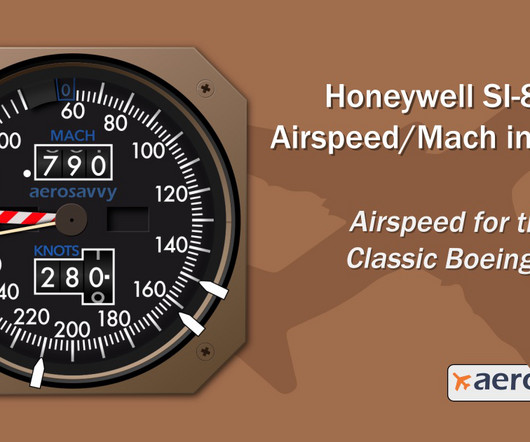Airspeed and Altitude Control Simplified: Tips for Stable Flying
Pilot Institute
NOVEMBER 16, 2024
For instance, an aircraft maintaining a steady IAS at 30,000 feet will have a faster TAS than at sea level due to reduced drag from thinner air. Using the VSI and Altimeter for Stability The vertical speed indicator and altimeter are your best tools for maintaining a steady altitude. How does this look in real life?















Let's personalize your content